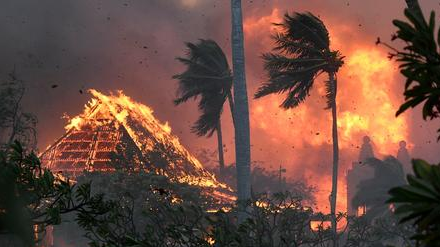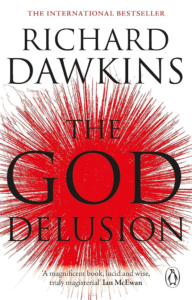The Maui Wildfires: A Devastating Chapter in Hawaiian History
The Perfect Storm for Disaster
A confluence of factors contributed to the rapid spread and intensity of the Maui wildfires. Dry conditions, strong winds, and the presence of invasive grasses created a perfect storm for a fire that consumed everything in its path.

The Devastation of Lahaina
The town of Lahaina, a historically significant area known for its cultural heritage and tourist attractions, was particularly vulnerable due to its dense population and proximity to dry brush. As the flames swept through the town, many residents were forced to flee for their lives, leaving behind their homes and cherished belongings.
The Immense Loss
The devastation caused by the Maui wildfires was immense. The fire destroyed over 2,000 structures, including homes, businesses, and historical landmarks. The loss of life was equally tragic, with hundreds of people confirmed dead and many others missing. The wildfires also had a significant impact on the island’s economy, as tourism, a major industry in Maui, was severely disrupted.
The Community’s Response
In the aftermath of the disaster, the Hawaiian community has rallied together to support those affected by the wildfires. Efforts to provide food, shelter, and emotional support have been widespread, demonstrating the resilience and compassion of the people of Hawaii.
Lessons Learned
The Maui wildfires serve as a stark reminder of the interconnectedness of human beings and the natural world. These tragic events have forced us to confront the devastating consequences of climate change and the urgent need to take action to mitigate its effects. As the Hawaiian community continues to rebuild and recover from this disaster, it is essential that we learn from the past and work together to create a more sustainable and resilient future.




















